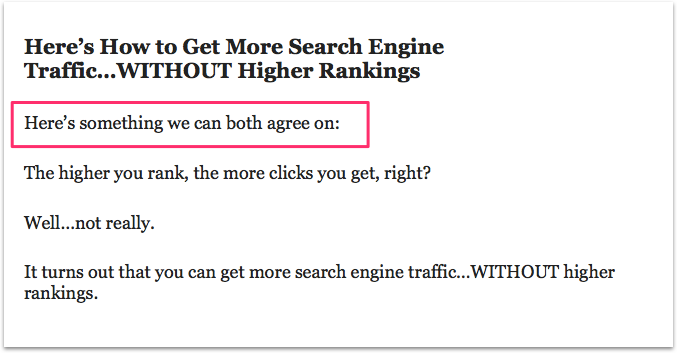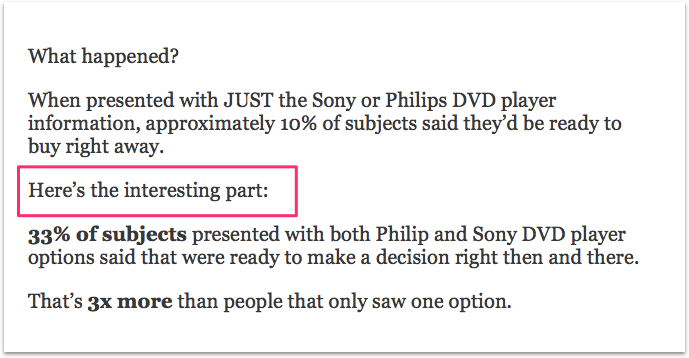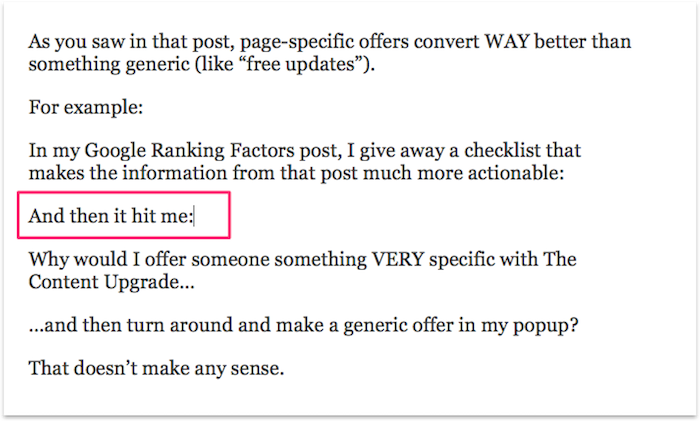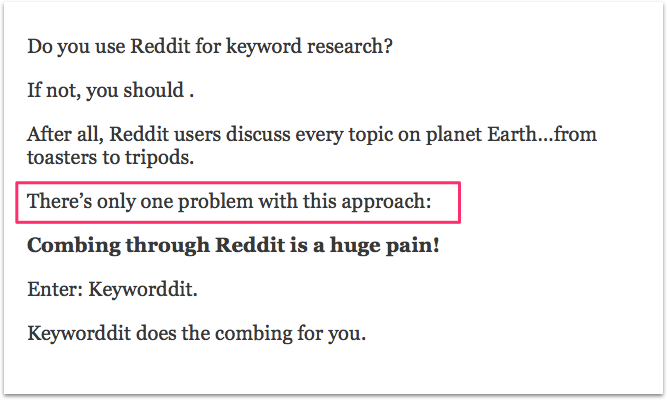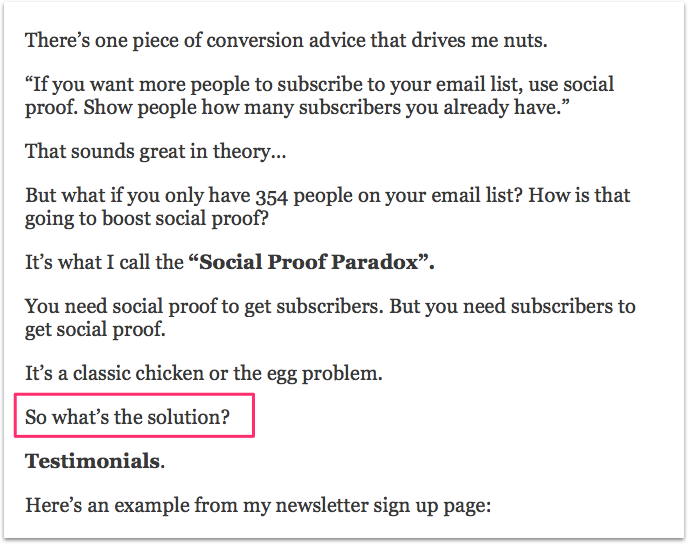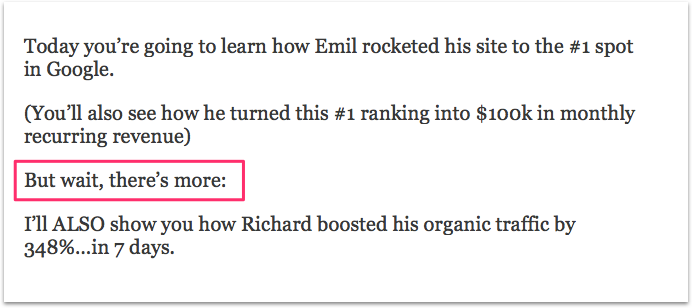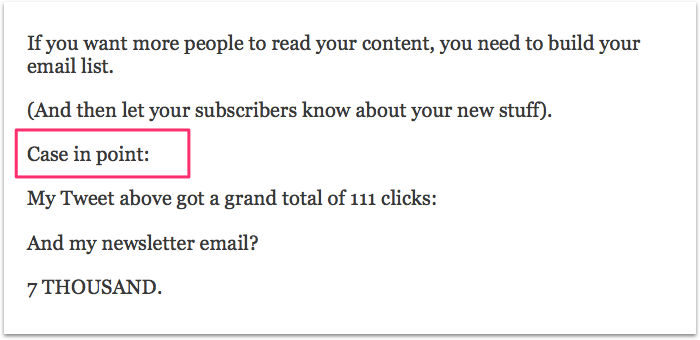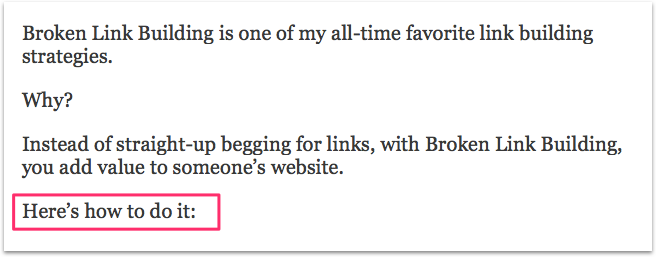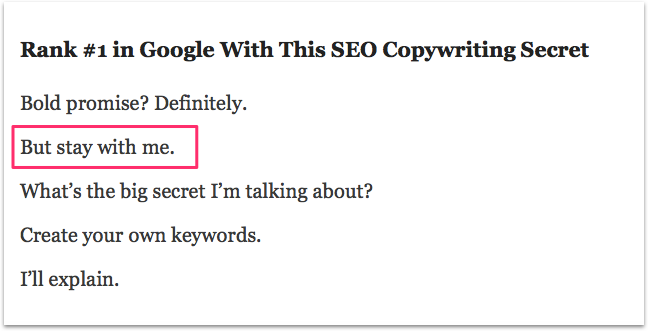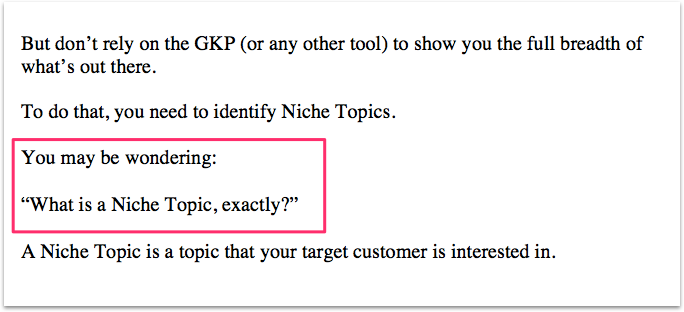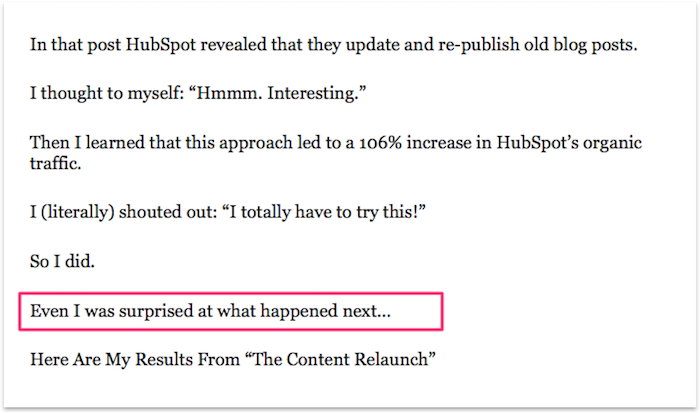
2018 is around the corner.
This could be the year you crack your first 1,000 subscribers. This could be the year you get published on that blog you’re dying to write for. This could even be the year one of your blog posts goes viral.
But none of that will happen unless you keep at it.
You not only have to keep writing, you also have to keep honing your craft.
Because the one thing that separates the winners from the losers in this blogging game is that the winners are always trying to improve.
They’re always trying to take their writing chops to the next level.
And they never stop trying. Because there’s always a new level to reach.
Here at Smart Blogger, we publish a ton of content to help you level up your writing, because we want you to become the best writer you can be.
But we’re not the only voice out there. The blogosphere is full of accomplished wordsmiths who have perfected their writing for years and now share their experience.
So today, we want to highlight a few posts that other bloggers published in 2017 — posts that will help you hone your craft and meet your writing goals in the year to come.
Check ’em out below:
We Analyzed 100 Million Headlines. Here’s What We Learned (New Research) – Buzzsumo
Author: Steve Rayson
You know the headline is the most important part of your article, right?
That’s why this is a must-read.
Buzzsumo has aggregated all the share counts of all the content that is published online. And in this post, they analyze that data to determine which headline phrases get the most social engagement, and which get the least.
Use this fascinating data in 2018 to give your headlines a better shot in the social arena.
The 7 Differences Between Professionals and Amateurs – Medium
Author: Jeff Goins
Jeff Goins is an iconic blogger who has five books and over 1,000 blog posts to his name. He’s a pro writer, but he had to start somewhere as well. He wasn’t always as effective as he is now.
In this post, he opens up about his past struggles to make it in the writing field, the mistakes he made along the way, and the mindsets that held him back.
The message is simple: If you want to be a pro, don’t act like an amateur.
Read this post and make sure that you’re not.
5 Writing Techniques that Stir Your Audience to Action – CopyBlogger
Author: Brian Clark
If you want to stir someone to action, you must first stir their emotions.
That is the premise of Brian Clark’s post, and he describes five writing techniques you can use to do so.
If you want your writing to stir your audience, practice these techniques.
Your writing will be more powerful and persuasive for it.
Sentence Structure: How to Make Your Sentences Easier to Read – Doris and Bertie
Author: Clare Lynch
This short post mirrors two sentences against each other. They both say the same thing in the same language, but one is easy to read, and the other is hard.
The difference?
Their structure.
Not enough bloggers review their writing on such a micro level. They don’t analyze their posts sentence by sentence. But this post shows that the way you structure a sentence can make a huge difference.
Give it a quick read because it could open your eyes.
The Anatomy of the PERFECT Article Intro (And How to Reverse Engineer It) – Unsettle
Author: Sarah Peterson
In this epic post, Sarah goes deep on the art of writing compelling introductions — and make no mistake, this is a must-have skill for bloggers.
After all, your intros carry a lot of responsibility. They must not only convince people to start reading, but they must also convince people to keep reading.
Sarah breaks it down step by step to ensure the next intro you write has the desired effect. If you want people to read your article far enough to discover your brilliant ideas, read this post.
How I Wrote 200 Unique Blog Posts in 200 Days — A Formula for Infinite Creativity – Medium
Author: Barry Davret
Many people think being creative is all about coming up with original ideas. The truth is, creativity comes from knowing how to combine ideas and experience into something that feels fresh.
This author’s formula for creativity gave him 200 unique blog post ideas in as many days. It’s simple but effective.
That’s what earned him a spot on our list.
A List with 99 Strong Verbs to Make Your Content Pop, Fizz, and Sparkle – Enchanting Marketing
Author: Henneke Duistermaat
Henneke is an insanely talented writer with a knack for writing vivid content that jumps off the page.
In this post, she explains how you can create the same powerful effect by choosing strong verbs that paint a picture in your reader’s mind.
Her list of strong verbs is a good resource, but the advice that precedes it could change the way you write.
Hone Your Craft and Meet Your Blogging Goals in 2018
Don’t be one of those writers who hits a plateau and never takes the effort to improve.
You have to strive to become better. You have to try new techniques, and you have to practice until you’ve mastered them.
That’s what will equip you to make it in this blogging game.
The techniques from these posts are a good start. Practice them in 2018 to hone your writing, and when you look back in twelve months, you won’t believe how much you’ll have improved.
Have a happy new year!
from
https://smartblogger.com/best-2017-posts/









